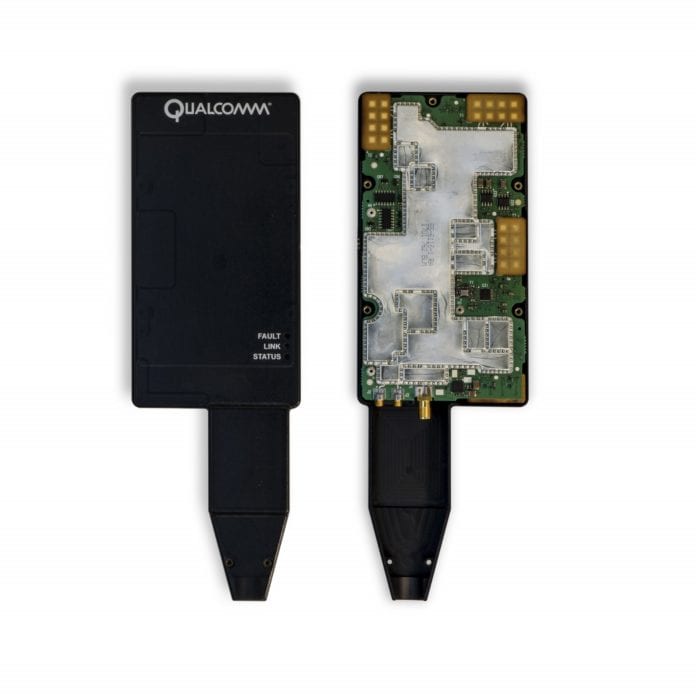Qualcomm highlights RF front end design at CES
In the ongoing discussion around 5G—the standard release, network infrastructure readiness, support for sub-6 GHz and millimeter wave frequencies—device compatibility is a major issue and challenge. With the 3GPP working toward a standalone 5G New Radio specification in mid-2018, will devices be ready to support upgraded networks in the target 2019 timeframe?
The RF front end (RFFE) is a key part of delivering mobile services. This is the technology cluster that receives RF signals, and comprises components like filters, amplifiers and mixers, that exist between a device antenna and the digital baseband. Christian Block, Qualcomm SVP and GM, RF Front End, wrote in a company blog post, “In addition to making multi-mode, multi-band smartphones feasible, RFFE also directly impacts a device’s battery life, the look and feel of the display (bezel size), indoor/outdoor reception, call quality, call reliability and data speeds.”
He continued: “As we rapidly approach 5G, the RFFE subsystem will be one of the most challenging aspects of building mobile devices for global 5G NR sub-6 GHz and [millimeter wave] deployment. Higher design complexity in 5G will require tighter coupling between the modem, transceiver, RFFE, antennas and the network.”
At the module level, Qualcomm has a set of modem-to-antenna solutions that have seen good adoption among leading smartphone manufacturers including LG, Sony, Samsung and Google.
David McQueen and Malik Saadi of ABI Research discussed the growing complexity of the RFFE as operators move from LTE-Advanced Pro and onto 5G. The described “a design balancing act” that has three main approaches: “Lowered footprint semiconductor process; improved packaging technologies; and increased physical integration of components.”
From a piece McQueen and Saadi contributed to RCR Wireless News, “The RFFE design is expected to be even more complex as the industry moves toward LTE-Advanced Pro and 5G. These networks will require additional RFFE functionalities, including higher order MIMO and massive MIMO, smart antenna systems, and sophisticated filtering functions. To put this into context, a high-end smartphone today, supporting 2X carrier aggregation, has around 7X the number of discrete RFFE components compared with a standard 3G device, and this number is poised to double with the move to LTE-Advanced Pro and could more than quadruple as networks migrate to 5G.”
Qualcomm is actively working on this problem, Block wrote. “putting together a technology portfolio and roadmap that is 5G-ready and unique, including all the hardware and software needed to support a comprehensive modem-to-antenna system solution to OEMs. As LTE-Advanced lays the foundation for 5G we see notable successes in our comprehensive system-level approach to mobile design. We continue to take on the critical complexity challenges involved in full-system integration so that our customers can focus on building fast and sleek 4G—and soon 5G—mobile devices.”

